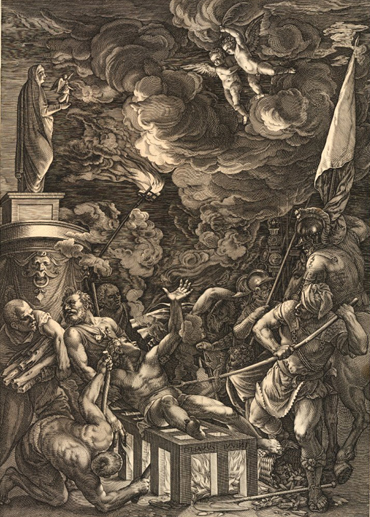KENNETH CLARK once wrote that ''Night is not a subject for painting''. He was wrong. For painters, the night has always been full of possibilities. Many of the greatest artists in history (Bosch, Titian, Caravaggio, Goya) have chosen to operate under cover of darkness - a fact which partly explains why the Accademia Italiana's current exhibition, ''Italy by Moonlight: The Night in Italian Painting 1550-1850'', is something of a disappointment. It is an enterprising show, and there are some interesting things in it - especially Lorenzo Lotto's Saint Peter Weeping at the Denial of Christ, from a private collection in Milan - but it cannot begin to live up to the promise of its subject.
A different and more ambitious exhibition is called for - one that should take in more than just Italian art, and that should draw on far more paintings, by a greater number of major artists, than a show of this modest scale can possibly manage. Instead of a review, then, a proposal. An imaginary exhibition. Call it ''Darkness Visible: The Night in Western Art''.
The first painting would have to be Geertgen tot Sit Jans' The Nativity, from the National Gallery, which may be the first nocturne ever painted. Dated shortly before 1490, it introduces the theological symbolism that would inform so much later Western painting of the night. The fire that has been lit by the shepherds on the hillside in the background is outshone by the claritas Dei emitted by the angel who hovers in the night sky; the candle which Joseph holds is similarly outshone by the splendor divinus radiating from the new-born Christ. The fourteenth-century saint, Bridget of Sweden, had claimed to have a vision of the infant Christ emitting a blinding light. It became part of the standard iconography of...


